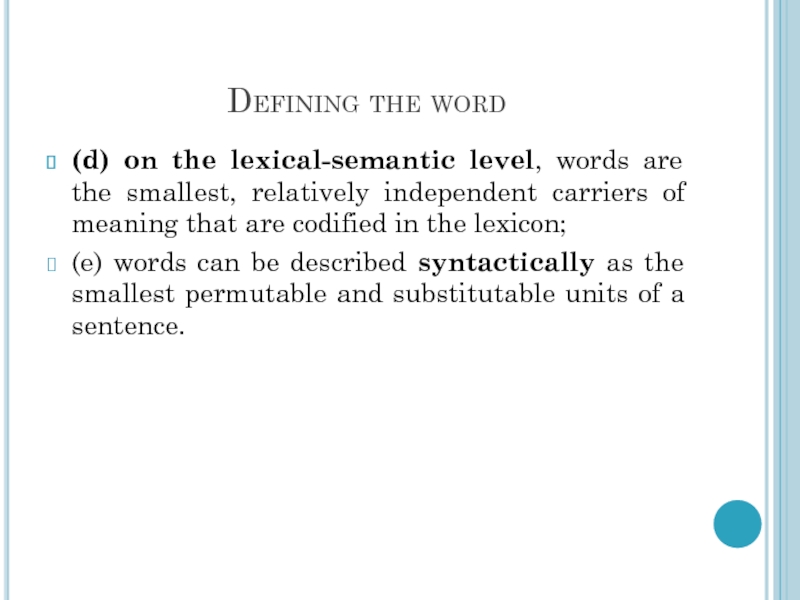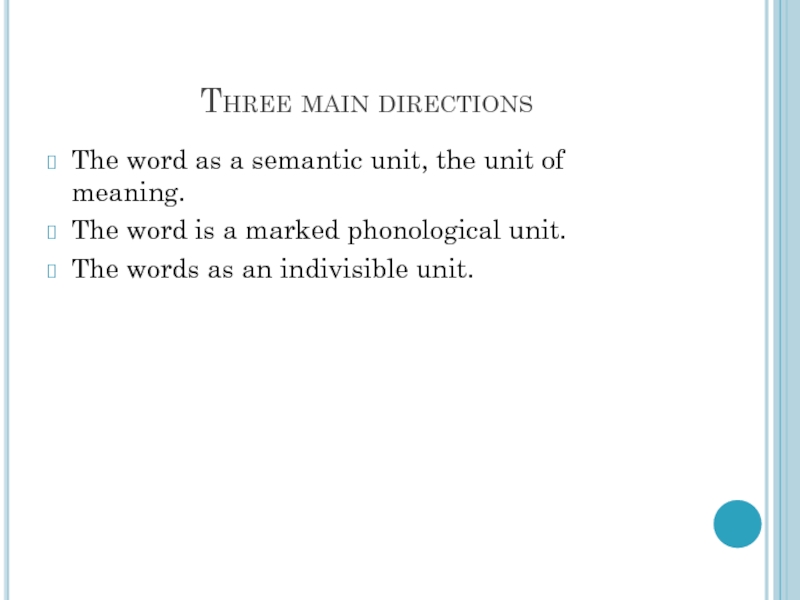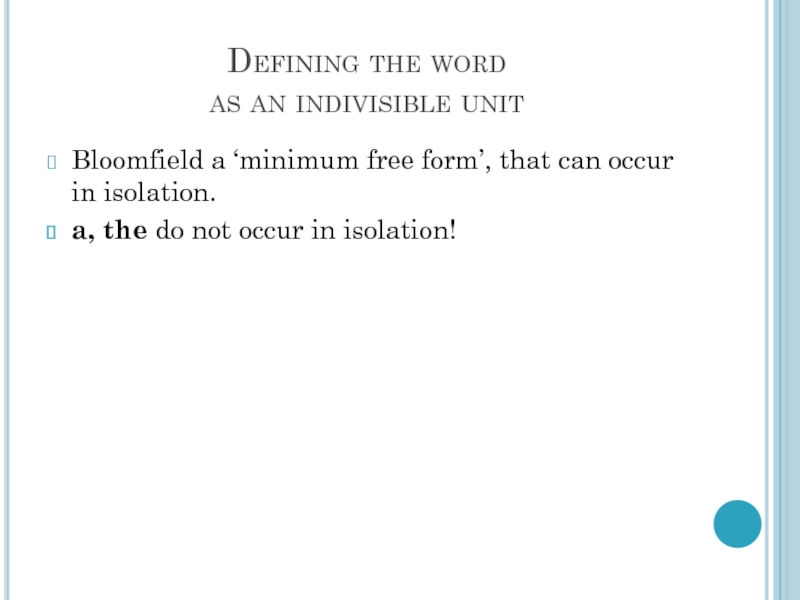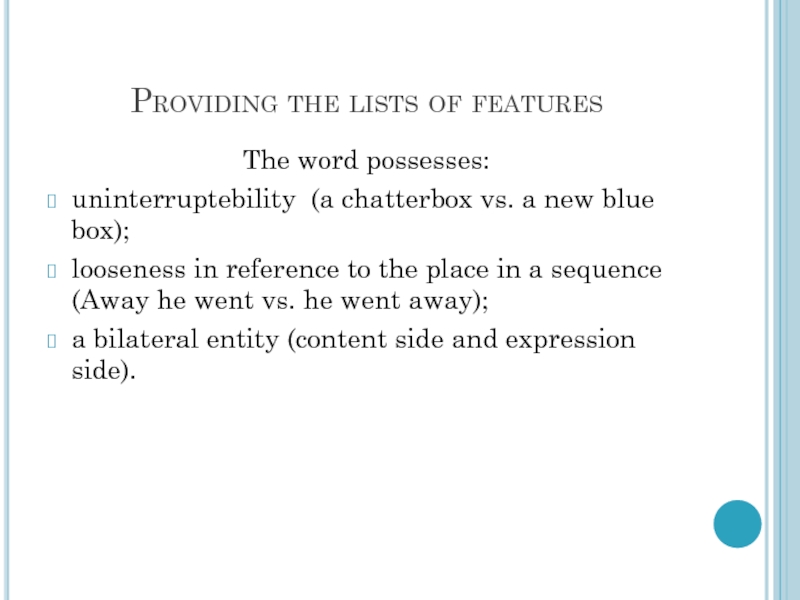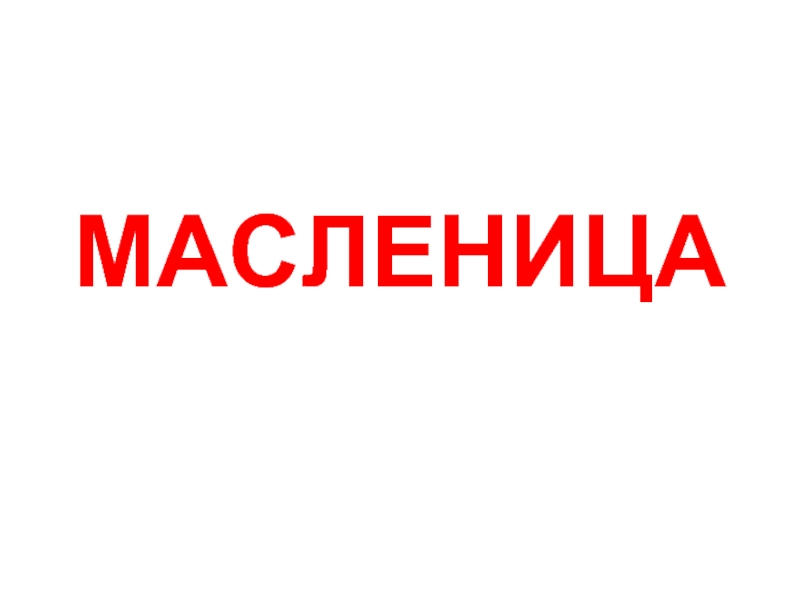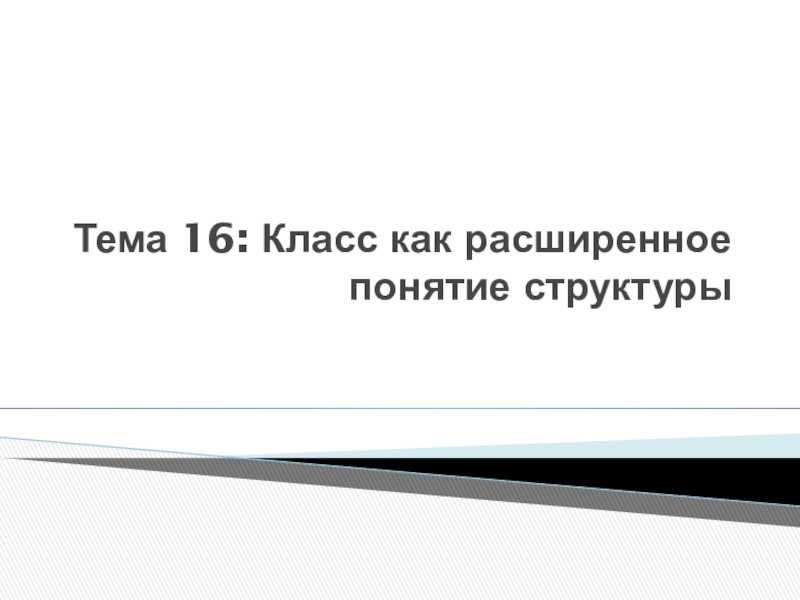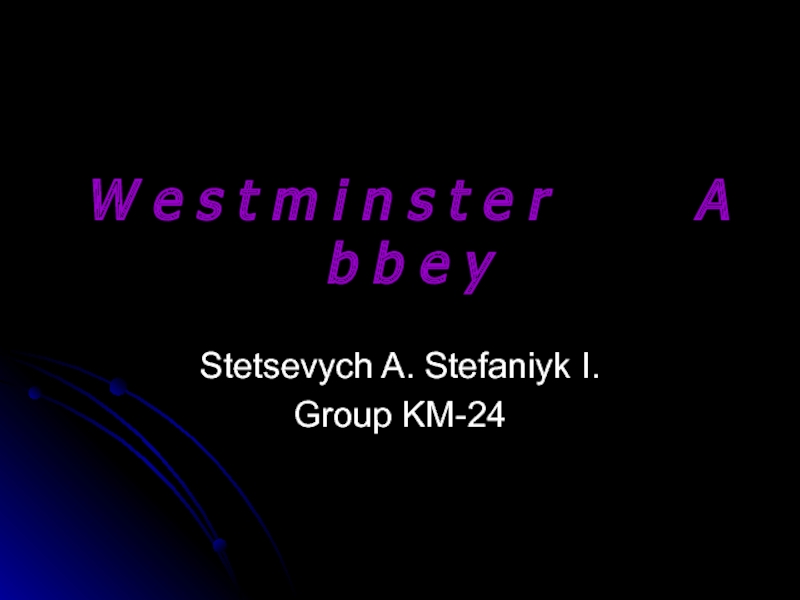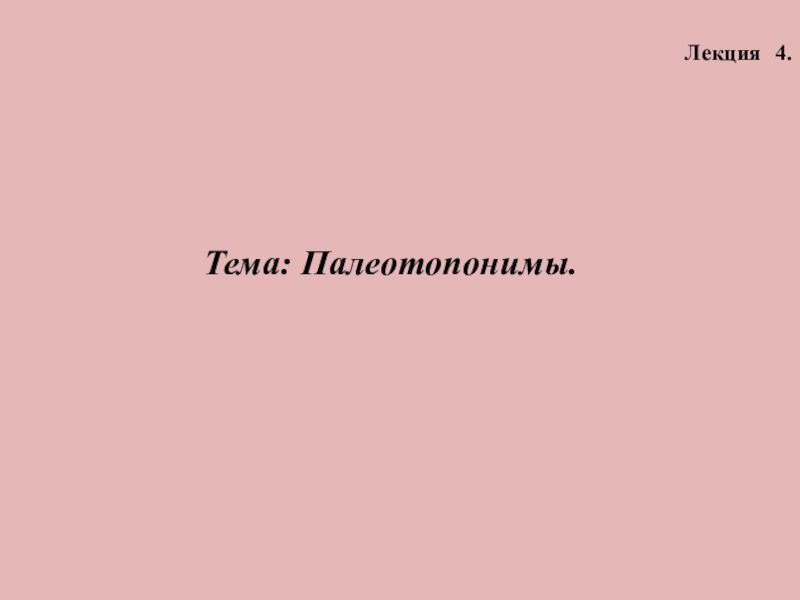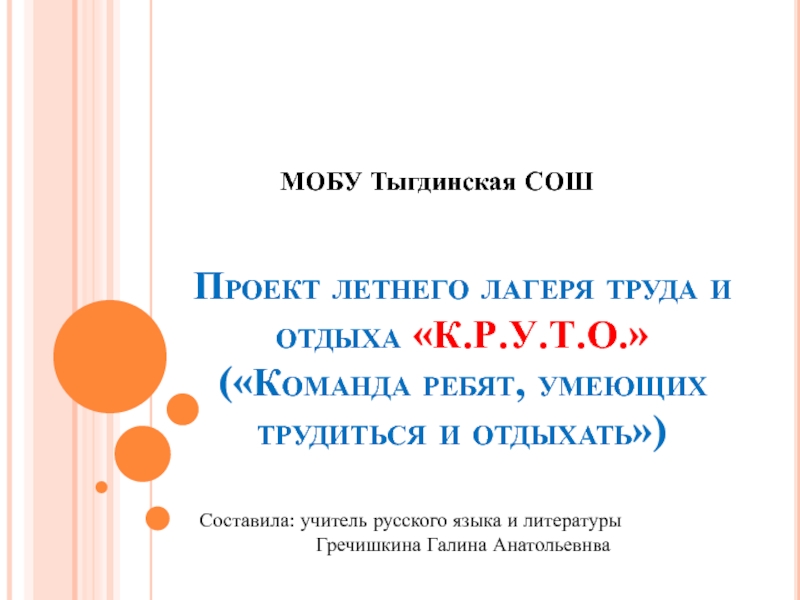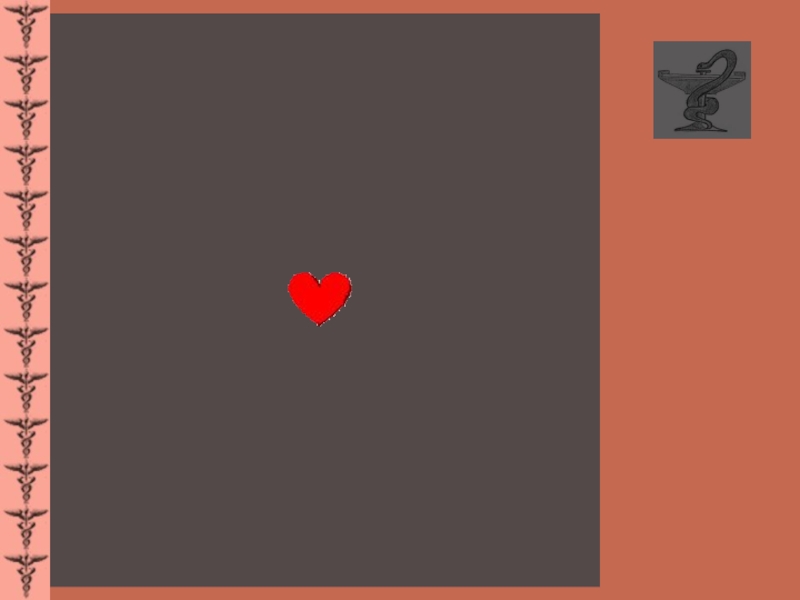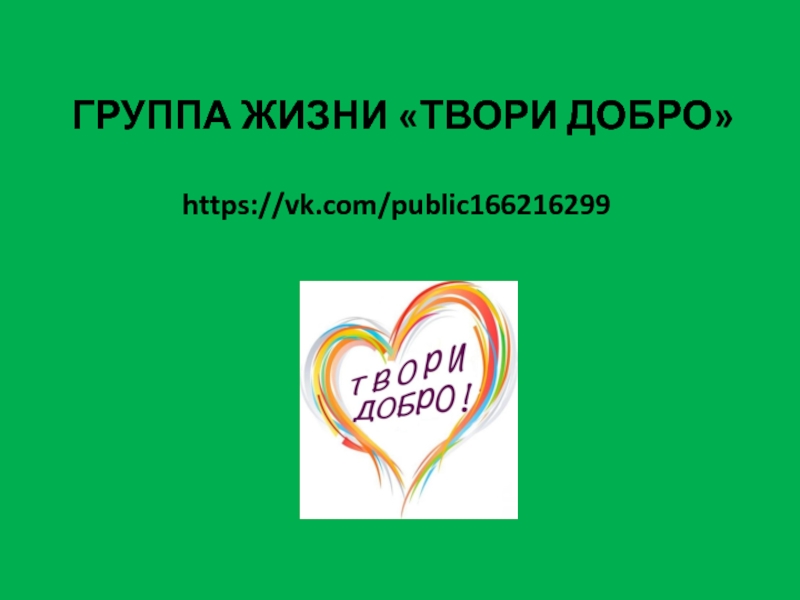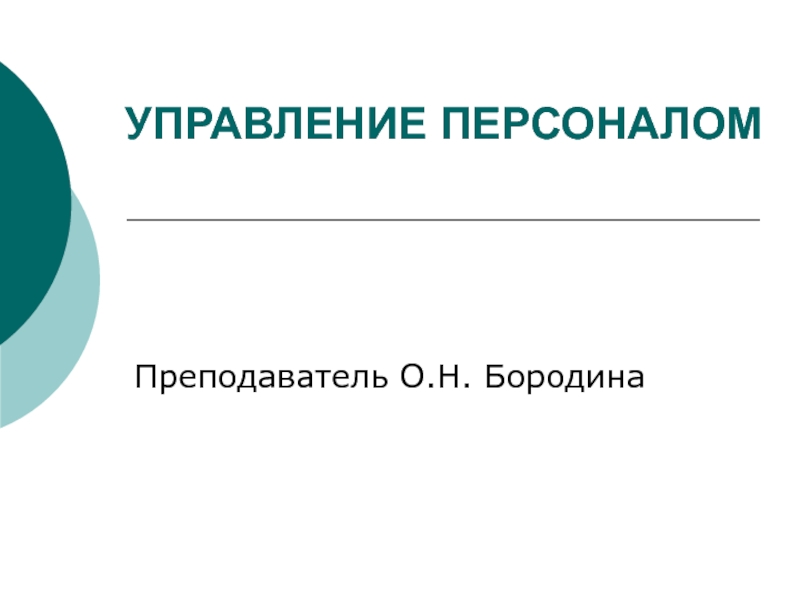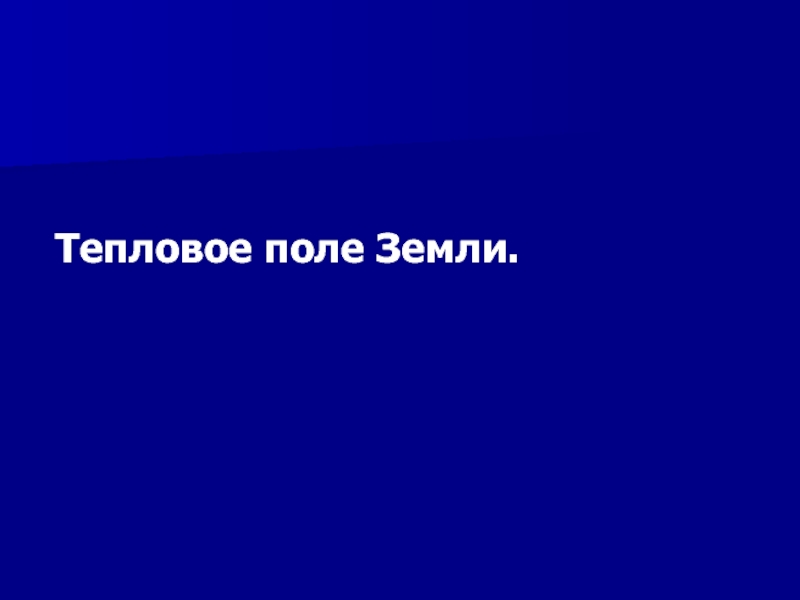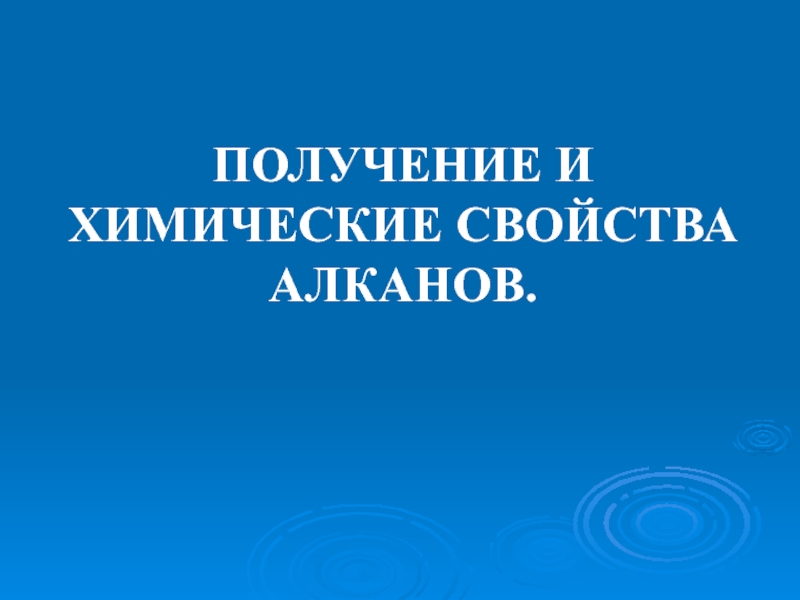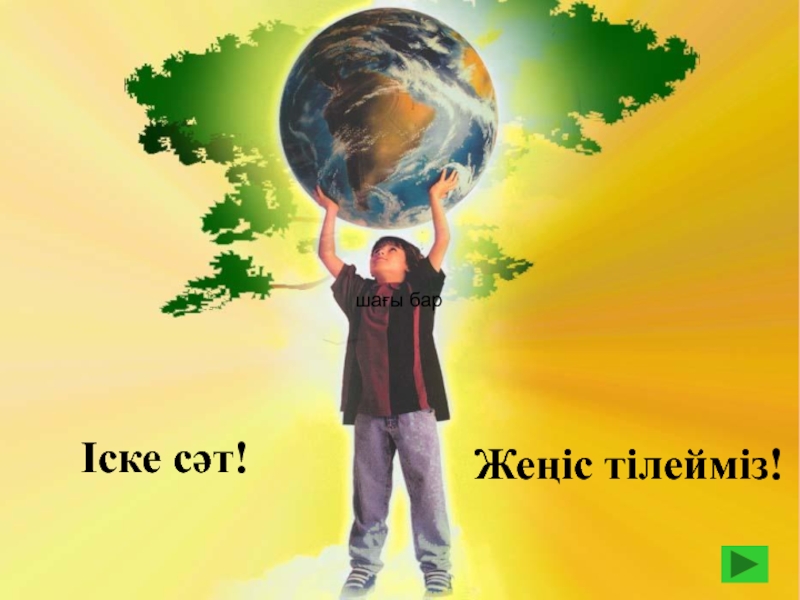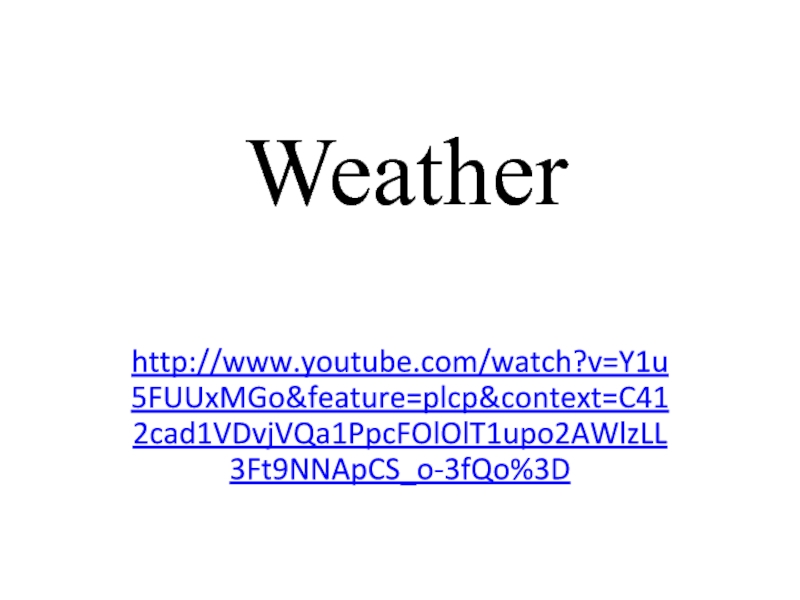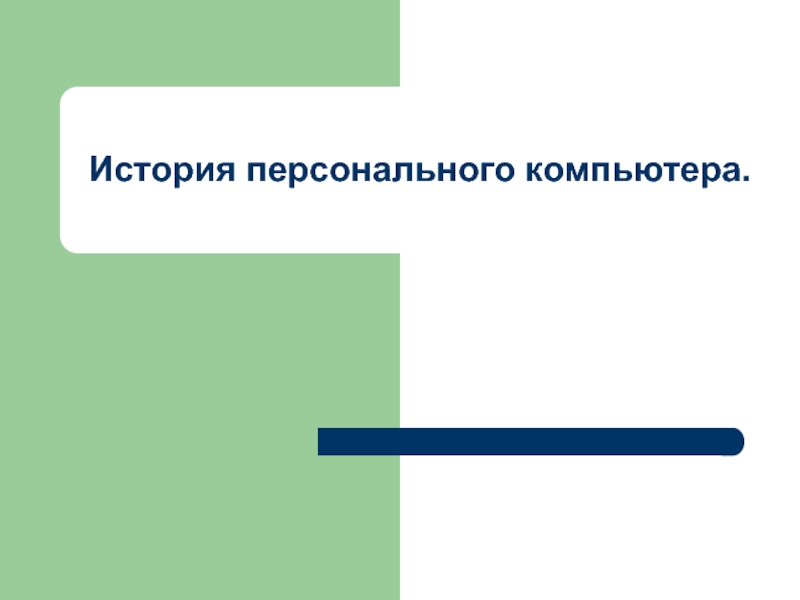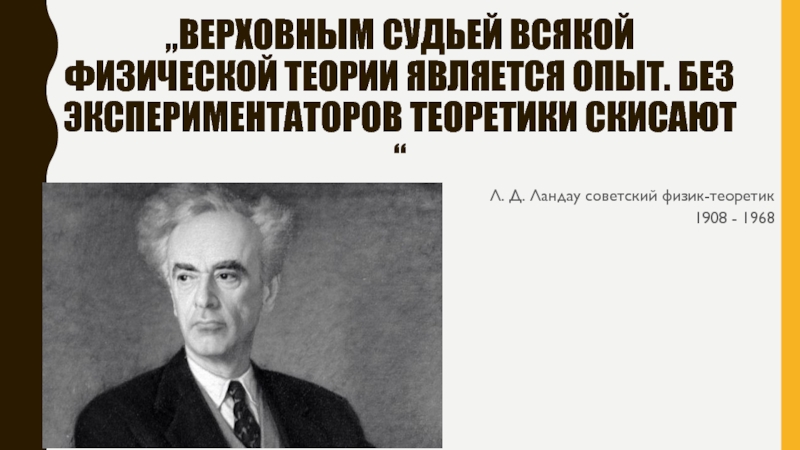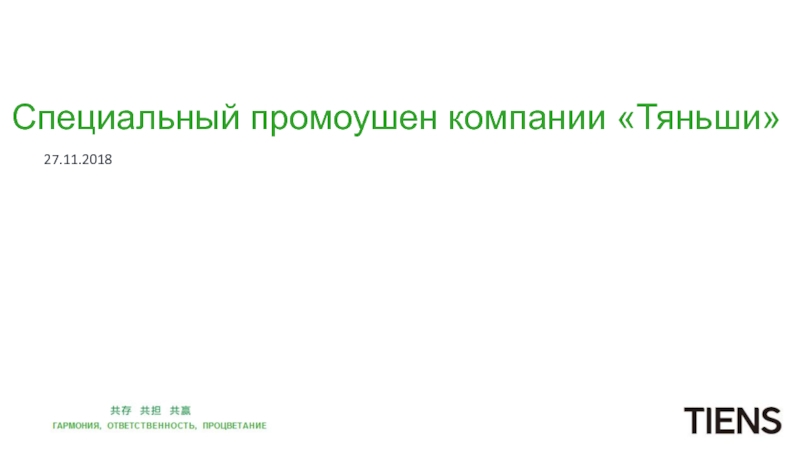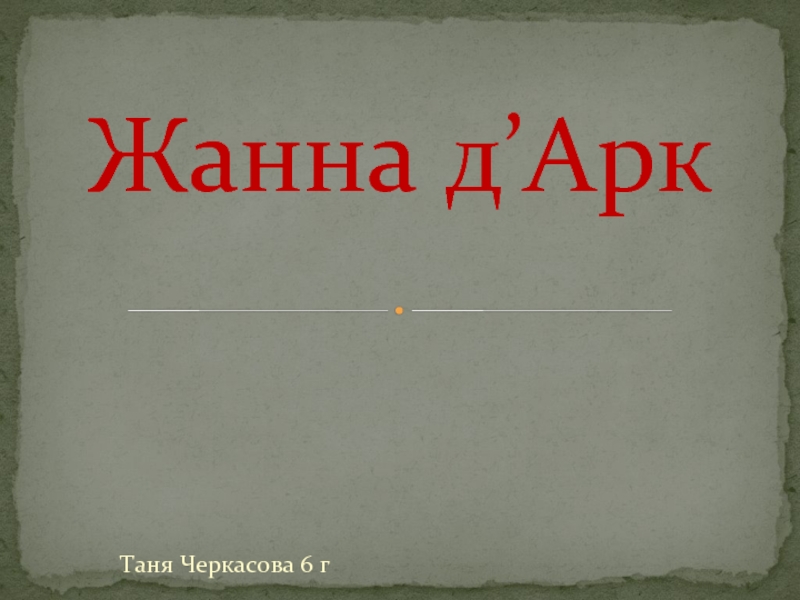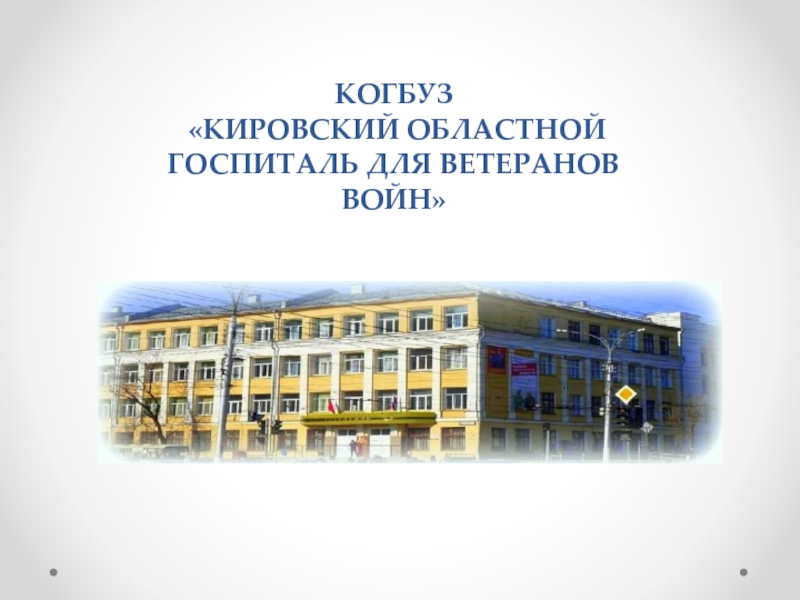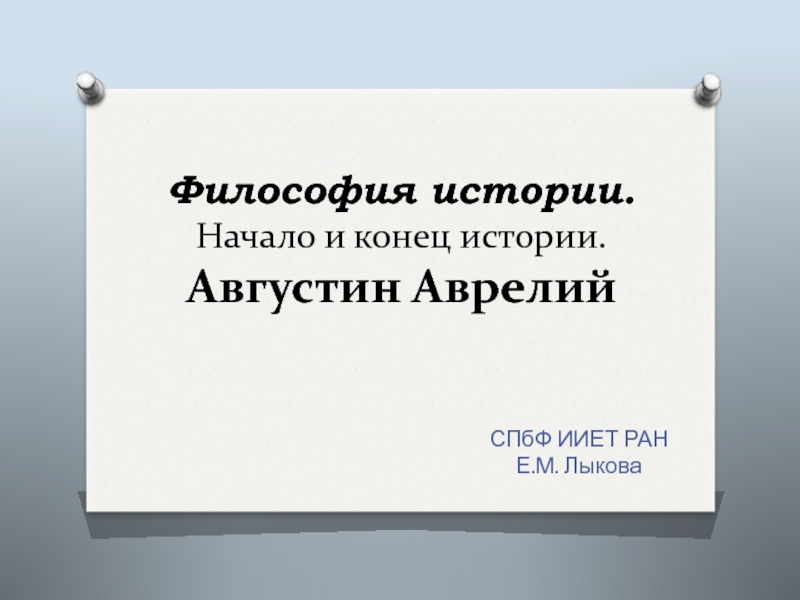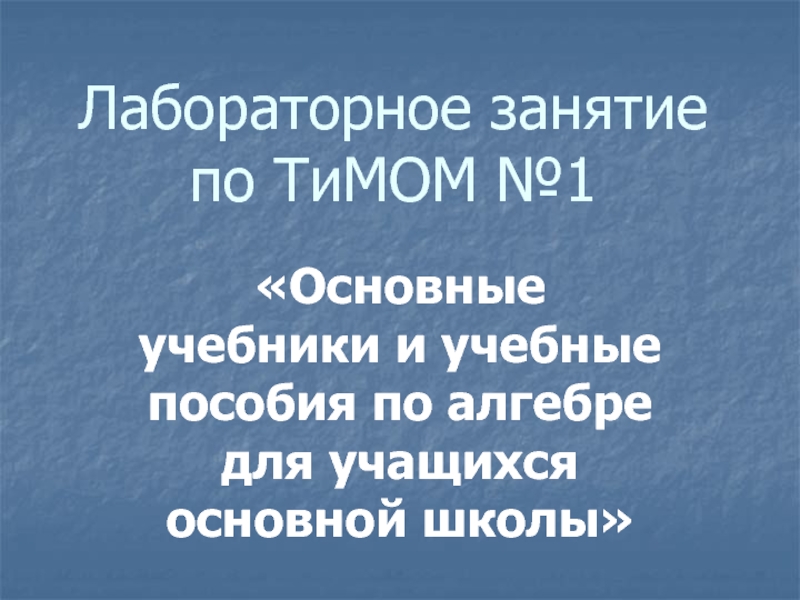Разделы презентаций
- Разное
- Английский язык
- Астрономия
- Алгебра
- Биология
- География
- Геометрия
- Детские презентации
- Информатика
- История
- Литература
- Математика
- Медицина
- Менеджмент
- Музыка
- МХК
- Немецкий язык
- ОБЖ
- Обществознание
- Окружающий мир
- Педагогика
- Русский язык
- Технология
- Физика
- Философия
- Химия
- Шаблоны, картинки для презентаций
- Экология
- Экономика
- Юриспруденция
The word as the unit of morphology
Содержание
- 1. The word as the unit of morphology
- 2. Lecture outlineThe complexity of the phenomenon.Different approaches
- 3. The word is the central unit of
- 4. Defining the wordA word is characterized by
- 5. Defining the word(a) phonetic-phonological level: words are
- 6. Defining the word(c) on the morphological level,
- 7. Defining the word(d) on the lexical-semantic level,
- 8. Three main directionsThe word as a semantic
- 9. Defining the word Semantic approachThe word is
- 10. Defining the word phonological criterionCompare:that stuff
- 11. Defining the word as an indivisible unitBloomfield
- 12. Providing the lists of featuresThe word possesses:uninterruptebility
- 13. Providing the lists of featuresthe minimal unit
- 14. Providing the lists of featuresa meaningful unit
- 15. The word vs. the word formlanguage vs.
- 16. The word formThe concrete realization of the
- 17. Скачать презентанцию
Lecture outlineThe complexity of the phenomenon.Different approaches taken.The specific features of the word as the unit of language.The word and the word form.
Слайды и текст этой презентации
Слайд 2Lecture outline
The complexity of the phenomenon.
Different approaches taken.
The specific features
of the word as the unit of language.
the word form.Слайд 3The word is the central unit of language, isn’t it?
The
Bible: ‘In the beginning was the Word’; God gave Adam
the power to name all things.Any mother of a child started talking: “Tommy (or Sally) has said his (her) first word!
Words name things, sentences communicate ideas.
The word is difficult to define, ambiguity discourages linguists.
Слайд 4Defining the word
A word is characterized by different, often contradictory
traits depending on the theoretical background and descriptive context;
different
perspectives – different definition. Слайд 5Defining the word
(a) phonetic-phonological level: words are the smallest segments
of sound that can be theoretically isolated by word accent
and boundary markers like pauses, clicks, and the like, and which are further isolated on a (b) orthographic-graphemic level by blank spaces in writing or print;Слайд 6Defining the word
(c) on the morphological level, words are characterized
as the basic elements of grammatical paradigms and are distinguished
from the morphologically characterized word forms, cf. write vs writes, wrote, written; they are structurally stable and cannot be divided, and can be described as well by specific rules of word formation;Слайд 7Defining the word
(d) on the lexical-semantic level, words are the
smallest, relatively independent carriers of meaning that are codified in
the lexicon;(e) words can be described syntactically as the smallest permutable and substitutable units of a sentence.
Слайд 8Three main directions
The word as a semantic unit, the unit
of meaning.
The word is a marked phonological unit.
The words as
an indivisible unit.Слайд 9Defining the word
Semantic approach
The word is a unit of a
particular meaning with a particular complex of sounds capable of
a particular grammatical employment.Criminal and lawyer vs. criminal lawyer;
Foot (part of a leg, part of the mountain);
Running in the morning is great vs. I go for a run every morning.
Слайд 10Defining the word
phonological criterion
Compare:
that stuff
that’s tough
a nice cake
an ice cakegrey day Grade A
On hearing these words (without proper context) the meaning cannot be distinguished.
Слайд 11Defining the word
as an indivisible unit
Bloomfield a ‘minimum free form’,
that can occur in isolation.
a, the do not occur in
isolation!Слайд 12Providing the lists of features
The word possesses:
uninterruptebility (a chatterbox vs.
a new blue box);
looseness in reference to the place in
a sequence (Away he went vs. he went away);a bilateral entity (content side and expression side).
Слайд 13Providing the lists of features
the minimal unit of language which
possesses relevant positional independence);
the smallest unit which can fulfills certain
syntactic functions;the biggest unit of morphology.
Слайд 14Providing the lists of features
a meaningful unit differentiating word-groups at
the upper level and integrating morphemes at the lower level;
the
main expressive unit of language, which ensure the though-forming function of language;the basic nominative unit of language (the naming function of language is realized);
a level unit, which belongs to the upper stage of the morphological level / to the lexemic level;
a bilateral entity (content/ expression).
Слайд 15The word vs. the word form
language vs. speech dichotomy
The words
of a language being used in speech are represented by
a number of word forms.The word form is a linguistic unit which carries
grammatical information identified through contrast with other forms of the same word.
The whole set of grammatical forms of a word constitutes its paradigm.
Write (writes, is writing, have written).
Слайд 16The word form
The concrete realization of the word as a
lexical and grammatical unity in speech.
The word form (contrasted with
the word) is only characterized with the grammatical meaning, fixed (reflected) in specific formal markers.The grammatical meaning can be expressed in one graphic unit or by adding other units as well: synthetic (walked, gave it to me) and analytic (is walking, saw me).






